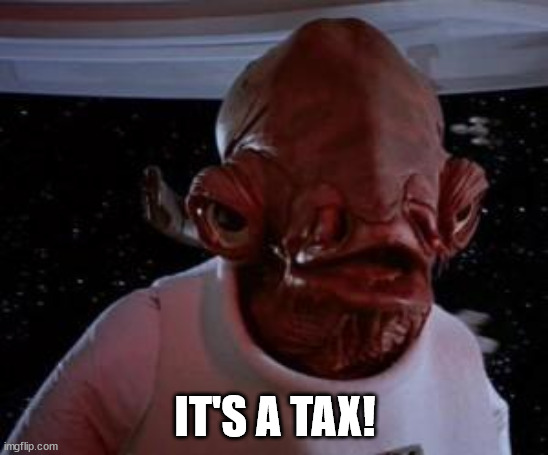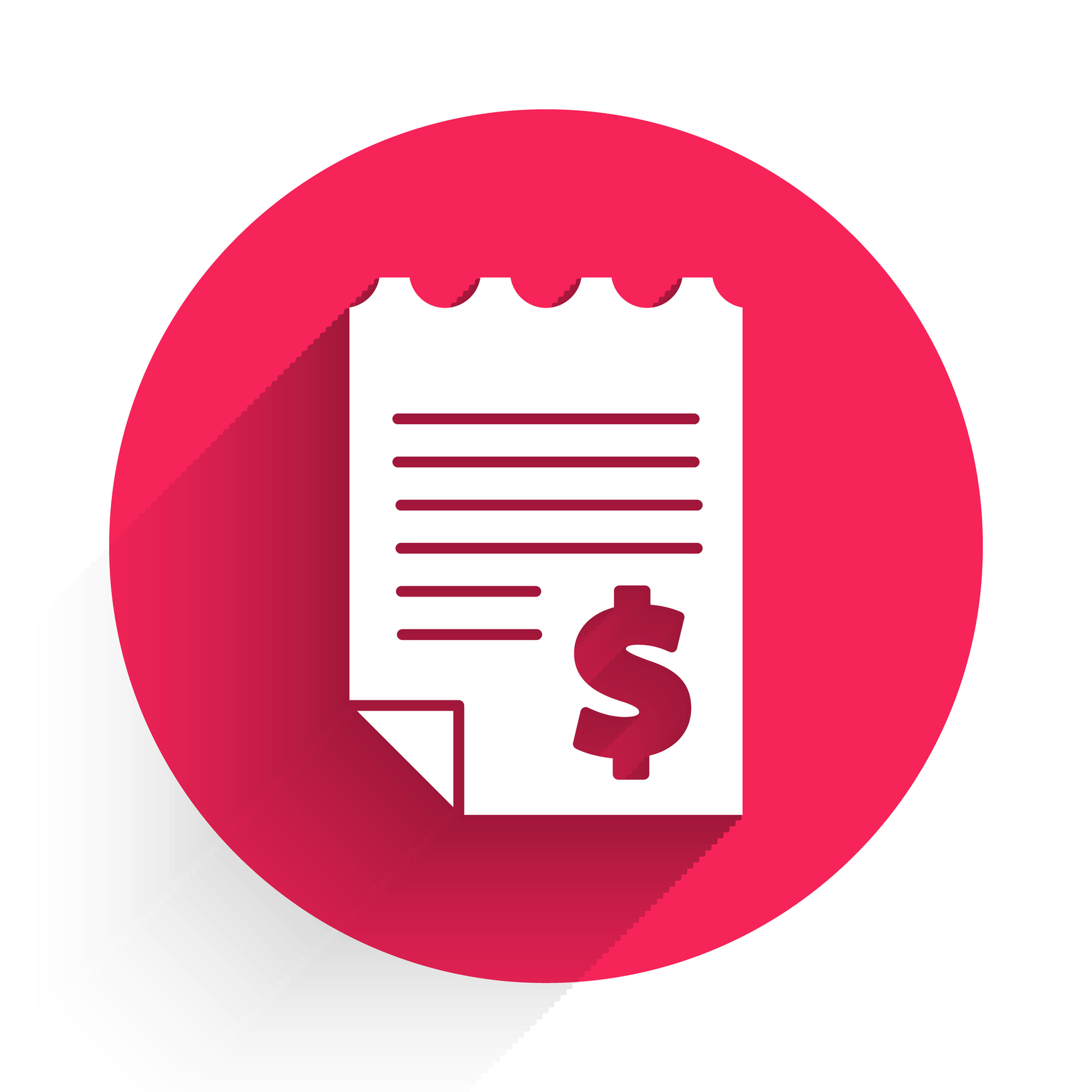As the cost of the state’s new climate law continues to increase, Governor Inslee’s office and others in his administration are upset that we and others refer to the cost of the CO2 allowances in the law as a “tax.” The governor’s office and others have resorted to some very convoluted language and logic to avoid using that politically powerful word.
For example, Department of Ecology Director Laura Watson told The Seattle Times that she “does not agree that these charges constitute taxes,” preferring to call them “market-based programs that place compliance obligations on regulated businesses.” Additionally, in an email Brandi Kruse read on her program, the governor’s Spokesman Mike Faulk wrote, “the cap and invest program is not a ‘carbon tax’,” but “requires emitters to purchase…permits for their emissions.” It is part of the effort to obfuscate the cost impact of the law, known as the Climate Commitment Act (CCA), on families, farmers, and the economy.
Legally and logically, however, the costs imposed by the CCA fit the definition of a tax in several ways.
 The U.S. Government Accountability Office (GAO) ruled that charges which are passed along to customers, like the cost of the CCA’s CO2 allowances, are a tax.
The U.S. Government Accountability Office (GAO) ruled that charges which are passed along to customers, like the cost of the CCA’s CO2 allowances, are a tax.
Finding that California’s e-waste recycling “fee” was, in fact, a tax, agency staff wrote, “Regulatory fees are assessed against an identifiable class of persons as part of a regulatory scheme to defray the cost of regulating the particular business or activity engaged in by such persons (e.g., permit and license fees).” By way of contrast, a tax meets three tests, “(1) is imposed by a legislature upon many, or all, citizens, and (2) raises money that (3) is spent for the benefit of the entire community.”
Although some may claim CO2 allowances are imposed only on a few regulated entities, the costs are passed along to virtually all (if not all) citizens. The Washington State Utilities Commission confirmed this in a recent ruling, allowing Puget Sound Energy to pass along the costs of CO2 allowances to its natural gas customers. This is exactly the circumstance in the e-waste case ruled on by the GAO. Agency staff noted, “Other states that have enacted e-waste recycling legislation impose the financial burden of e-waste recycling on manufacturers (vendors) of electronic products who then pass on this business cost to consumers through an increased purchase price for the products.” As a result, GAO determined, it was a tax, not a regulatory fee.
The CCA passes both of the GAO’s other two tests as well. The governor repeatedly highlights that the CCA raises money, and that it is spent on a wide range of projects he claims benefits the entire community.
By the GAO’s standard, Washington’s CO2 allowances are clearly a tax.
The Washington State Court of Appeals has confirmed this assessment.
A 2022 ruling by the Washington State Court of Appeals helps define the difference between taxes, regulations, and fees. In the ruling, the first test “is whether the primary purpose in imposing the assessment is to accomplish a public benefit that costs money or whether its primary purpose is to pay for a regulatory scheme…”
As noted above, a key goal of the CCA is to raise money for other public benefits. In fact, the governor rejected a revenue-neutral carbon tax specifically because he said he wanted increase taxes to fun government programs and subsidies. By contrast, the state’s low-carbon fuel standard would not meet this test because the relatively small percentage of money the state takes is used to pay for the regulatory scheme, not other public purposes.
The ruling goes on to add an additional explanation, saying “If the primary purpose is to regulate the fee payers—by providing them with a targeted service or alleviating a burden to which they contribute—that would suggest that the charge is an incidental tool of regulation.” This is a bit less clear. The CCA is certainly not providing a service to those covered by the law, like cities, fuel suppliers, universities, utilities, manufacturers, and others.
The question is whether the price paid for CO2 allowances is “alleviating a burden to which they contribute.” The claim would be that organizations that emit CO2 are creating a climate burden and the fee alleviates it. But the link between the cost of allowances and whether the revenue is used to reduce the “burden” is theoretical.
The language of the CCA shows that generating revenue is a key goal of the law rather than just reducing the impact of CO2 emissions.
For example, to reduce the impact of CO2, organizations covered by the CCA could invest in carbon offsets that have been certified by the state to reduce emissions. The CCA, however, caps the amount of offsets an organization can use to meet the compliance requirements at five percent, which later declines to four percent.
This makes no sense if the goal is CO2 reduction. After all, the Department of Ecology has to verify that carbon offsets reduce emissions. If a project successfully reduces CO2, why is five percent good, but 5.1 percent prohibited? The only reason is that funding for carbon offsets goes to private projects, not to the state government.
The only reason to cap offsets is to ensure money goes to government programs. That does not alleviate the burden of the emissions – it funds the government.
Additionally, how the funding is being used demonstrates that the funding is often only tangentially or rhetorically related to addressing the burden of climate change.
For example, funding from the “Climate Commitment Account” goes to things as varied as energy utility bill assistance, local government planning for climate change, a shoreline restoration project, funding for permitting, for the Department of Revenue to “implement 2023 revenue legislation,” funding for tribes to give input on the “environmental health disparities map” (not to alleviate those disparities), creation of a “participatory budgeting process” to address impacts of climate change, funding for children with asthma within 10-miles of SeaTac airport, and other projects.
Some of these have theoretical connections to addressing climate change, but for many the connection is tenuous. Funding for shoreline restoration or children with asthma due to flights from SeaTac has nothing to do with CO2 emissions covered by the CCA. Tens of millions of dollars to fund “participatory budgeting” or for more city planning documents are dubious expenditures whose return on investment to address climate impacts is speculative at best.
By the test used by the State Appeals Court, there are several indications that the cost of the allowances is a tax. First, because the law is designed to emphasize revenue generation by strictly limiting activities the state itself admits would reduce the burden of climate change. Second, because some of the ways the money is used are unrelated to climate change. Third, because other expenditures, while claimed to address climate impacts, are unlikely to yield any meaningful climate mitigation.
Beyond legal tests, the structure of the CCA, statements from the governor’s office and the Department of Ecology show the law is very similar to what is commonly called a “carbon tax.”
As noted above, the governor’s Spokesman Mike Faulk claims, “The cap and invest program is not a ‘carbon tax’,” but “requires emitters to purchase…permits for their emissions.” However, a carbon tax does the same thing – it requires emitters to pay a price for every metric ton of CO2. The difference between a system with a cap, like the CCA, and a flat carbon tax is that with the CCA there is a limit to the number of permits available, whereas with a carbon tax there is no cap. The fact that emitters must pay for every metric ton of CO2 is the same. The key difference is how prices are set – at an auction or set at a fixed amount.
Further blurring the distinction, the CCA includes elements of a carbon tax, setting a flat price for CO2 allowances in some circumstances.
When auction prices for CO2 allowances exceed a certain amount, the CCA requires a special auction to put more allowances on the market in an effort to reduce prices. In those special auctions, price bidding is eliminated and replaced with a flat price for CO2 emissions – virtually identical to a carbon tax. In the upcoming special auction, all of the extra allowances being offered are set at the fixed price of $51.90. There are a limited number of allowances, but the difference between a flat carbon tax and a flat carbon tax with a limited number of credits is a thin reed to cling to for those claiming it isn’t a “tax.”
Politicians who are bold about proclaiming their commitment to fighting climate change have become very evasive when dealing with the impacts of their policy. From denying it would impact prices, to claiming it doesn’t impose a tax, the governor, agency staff, and other elected officials are bold on climate change only when it is politically convenient.





